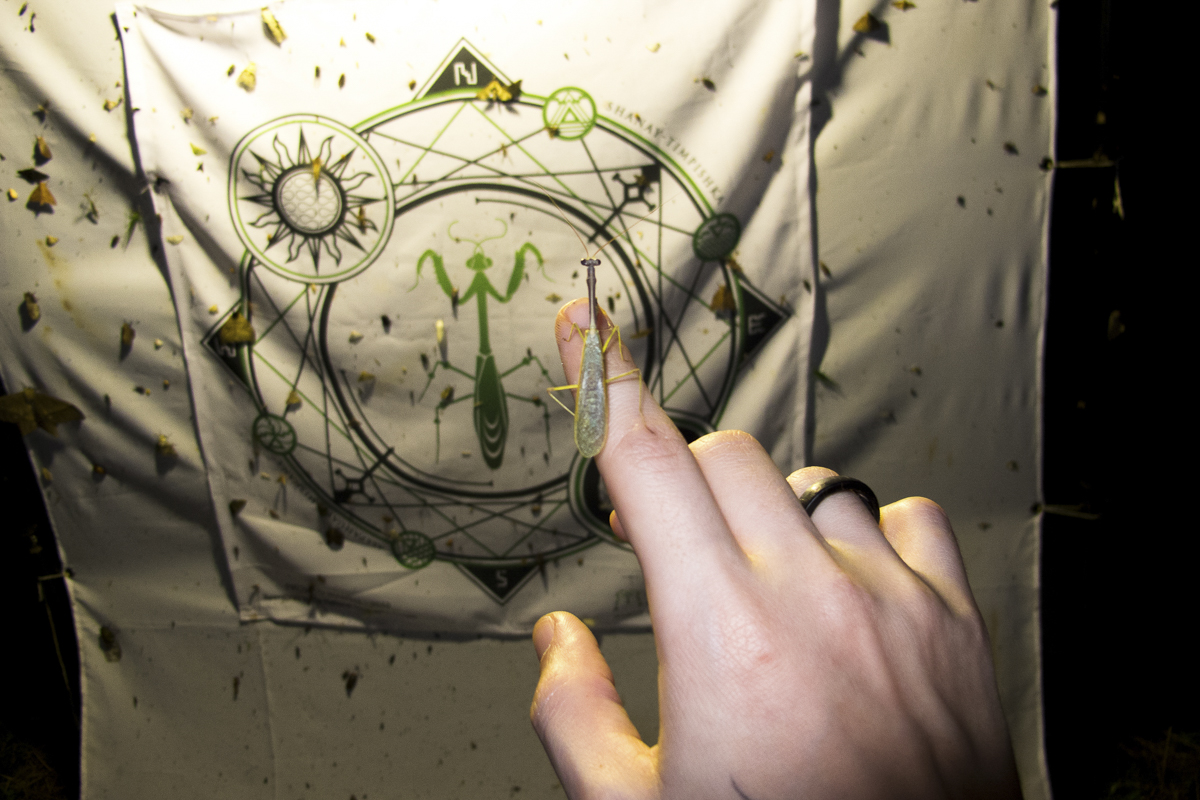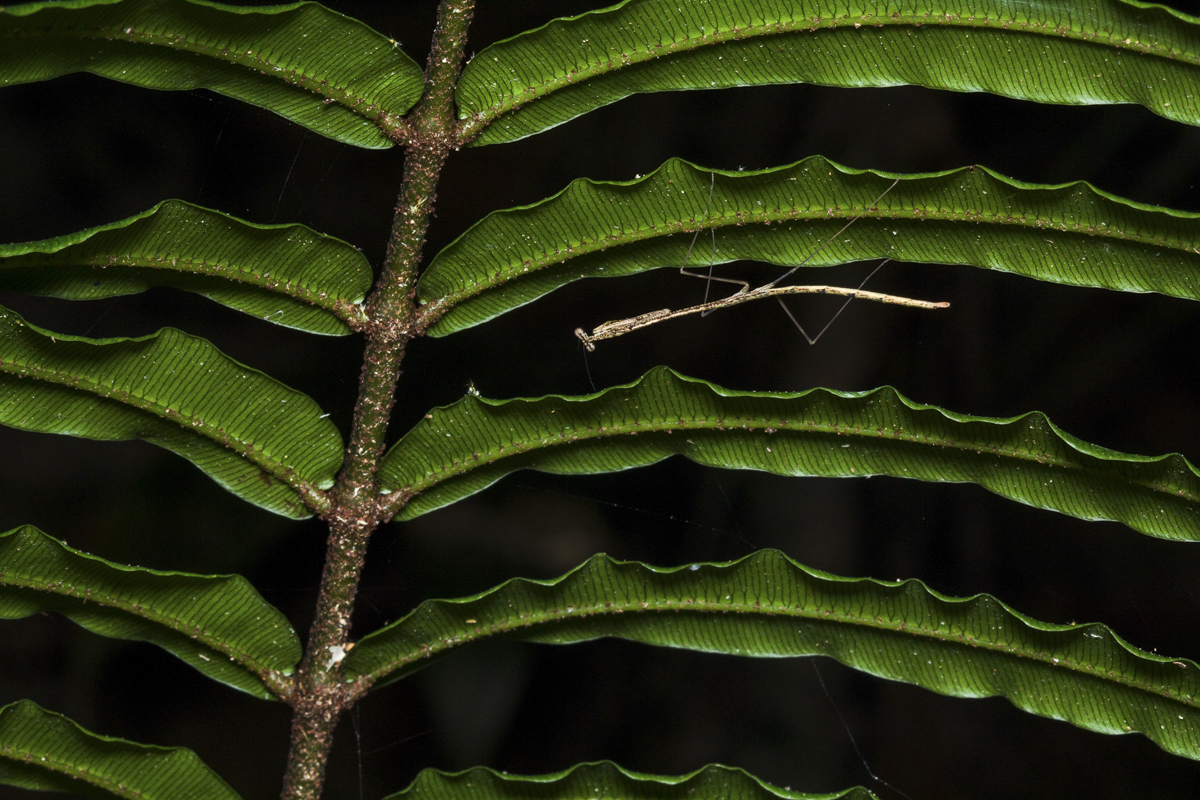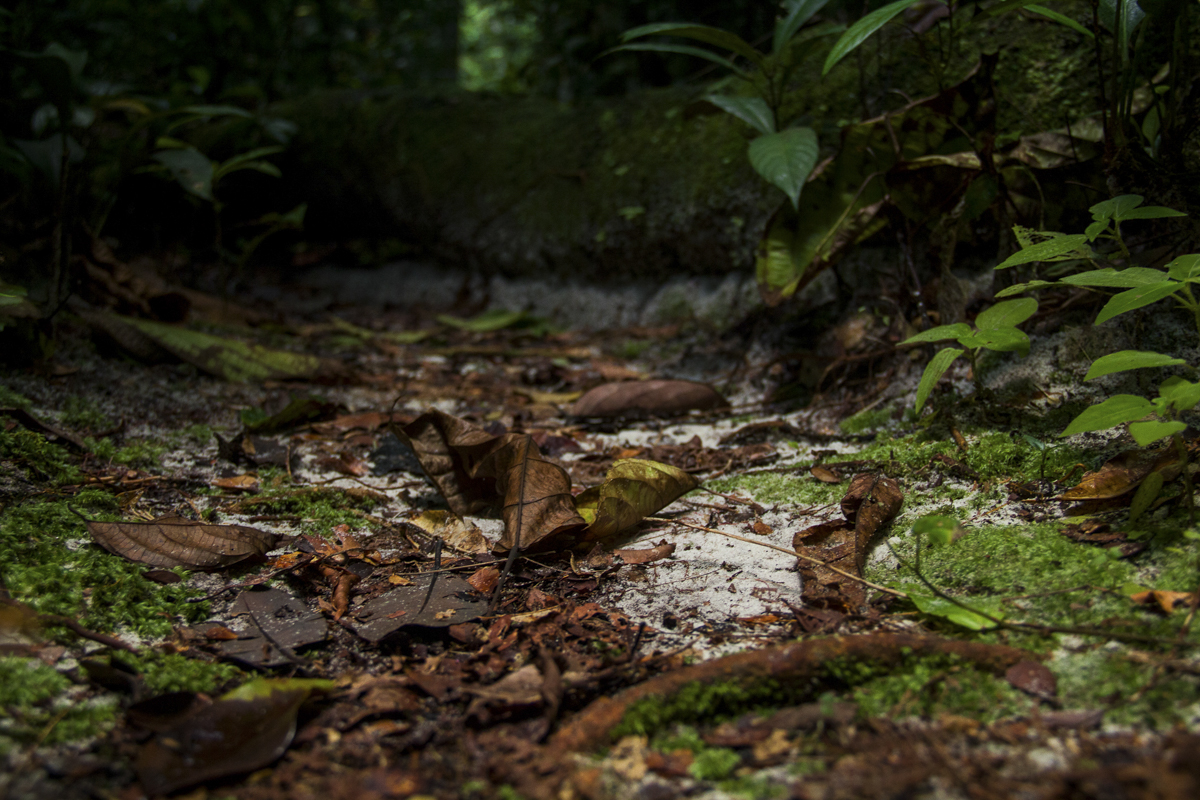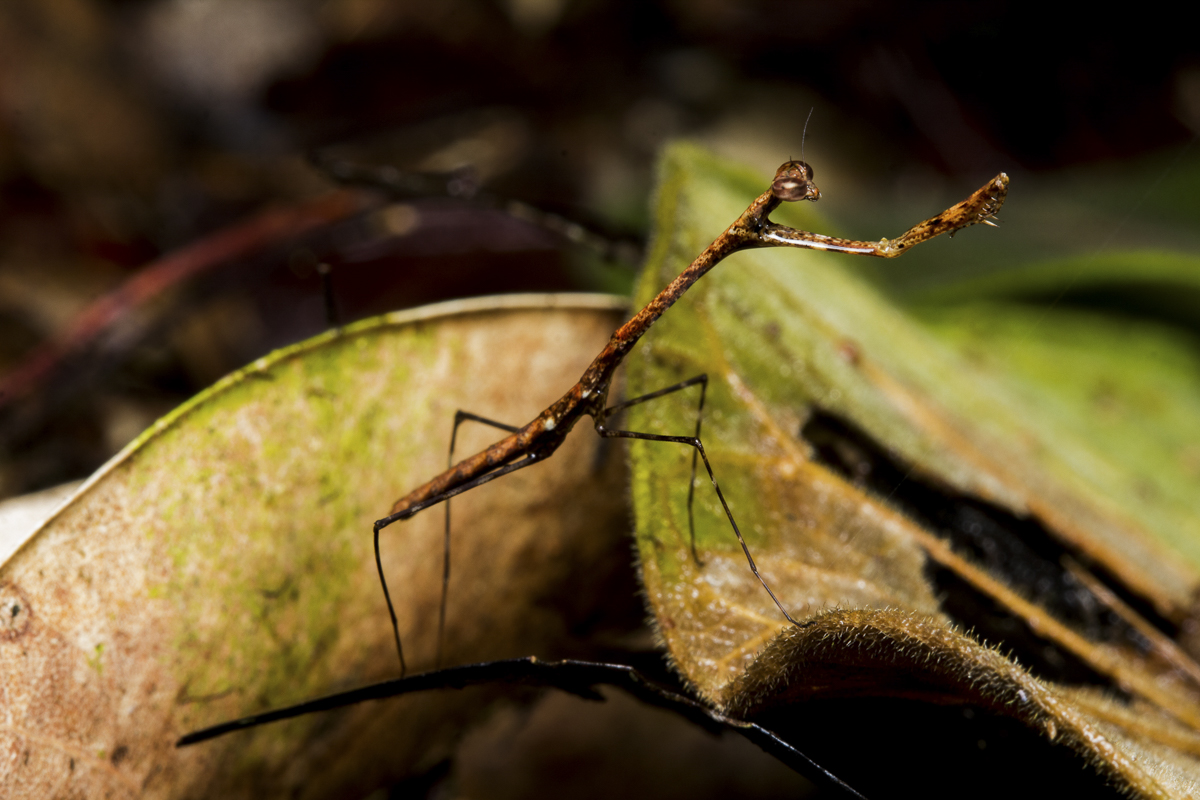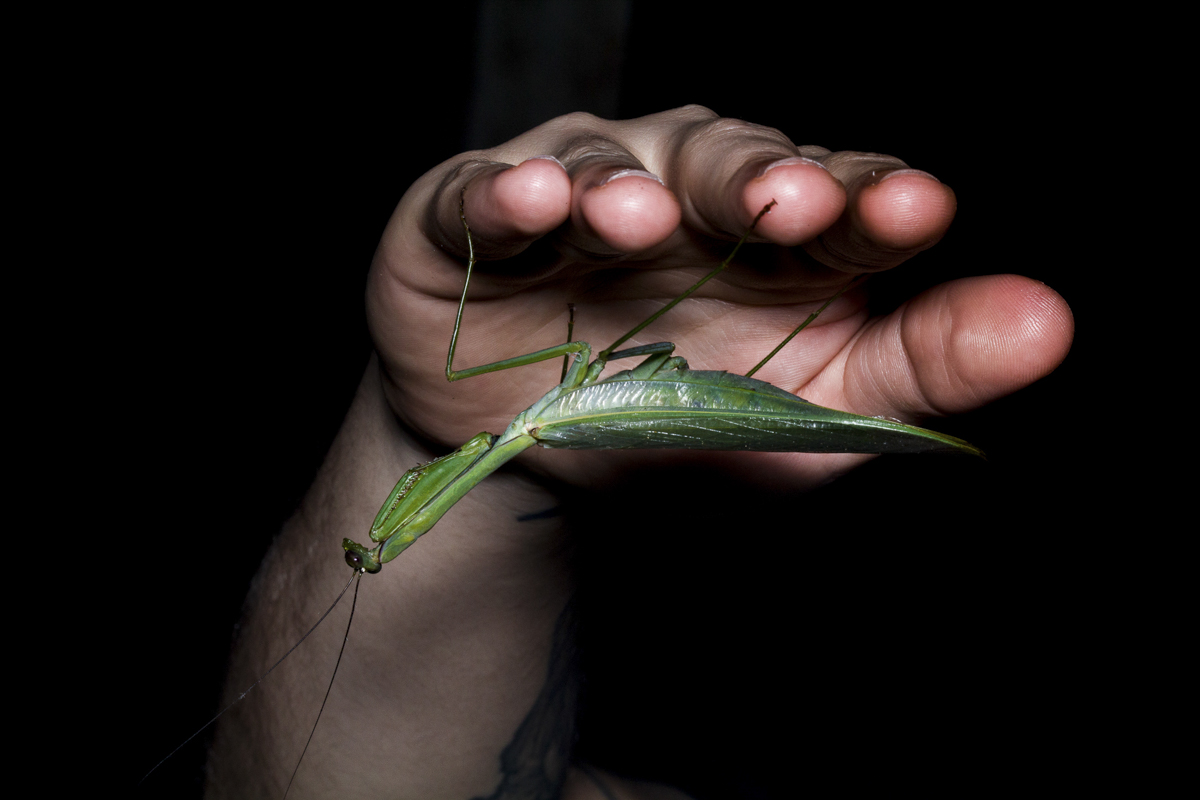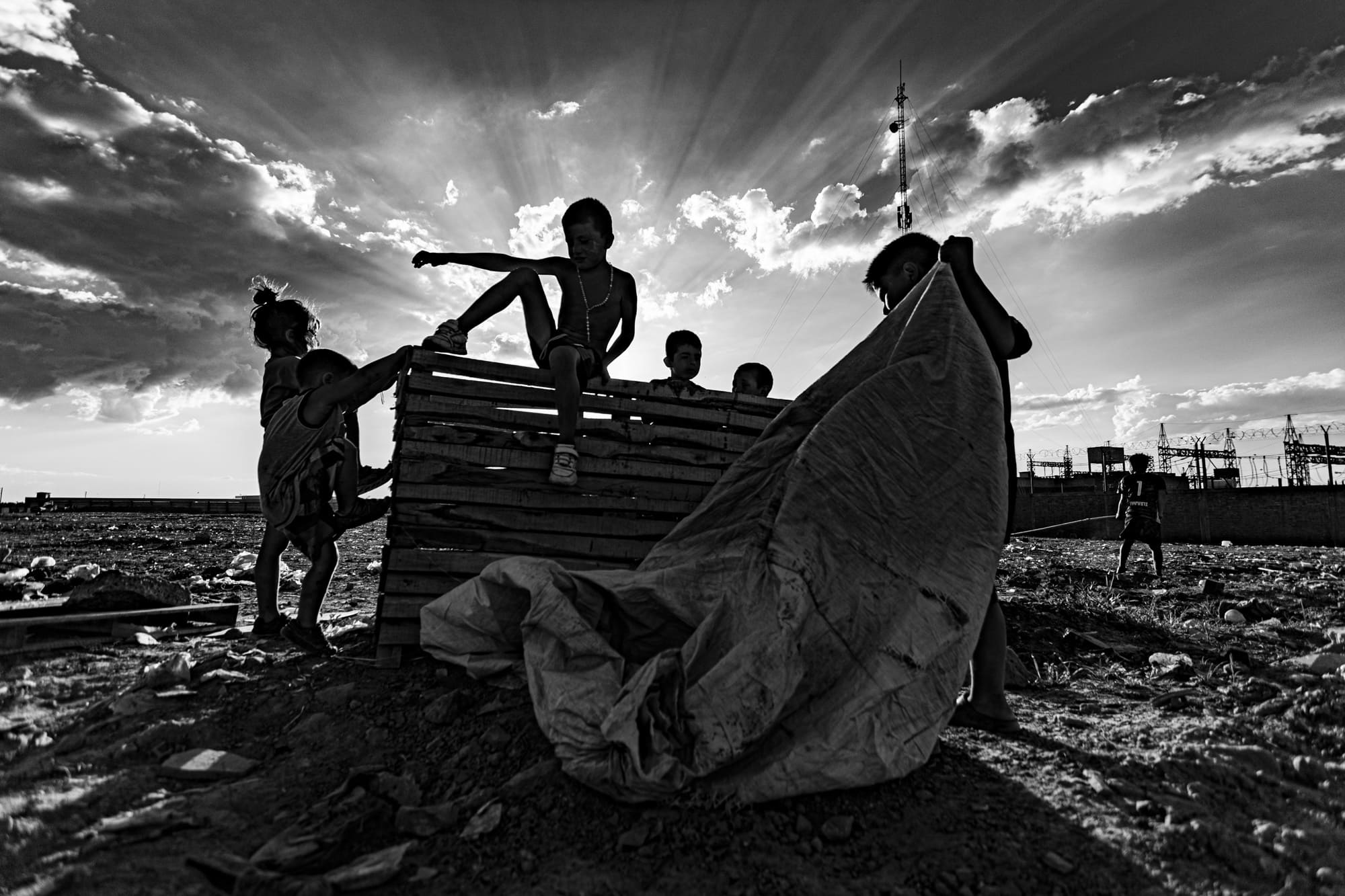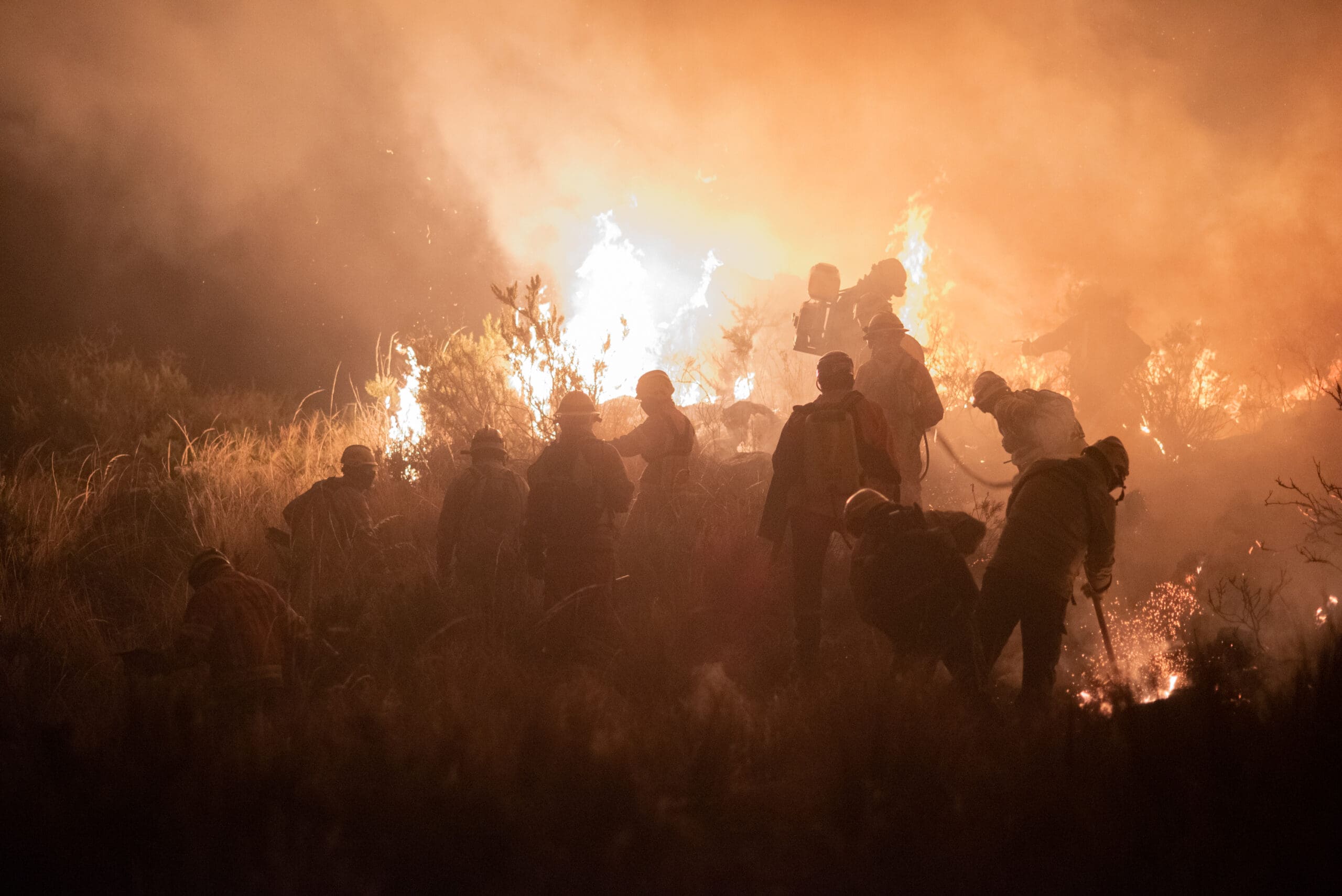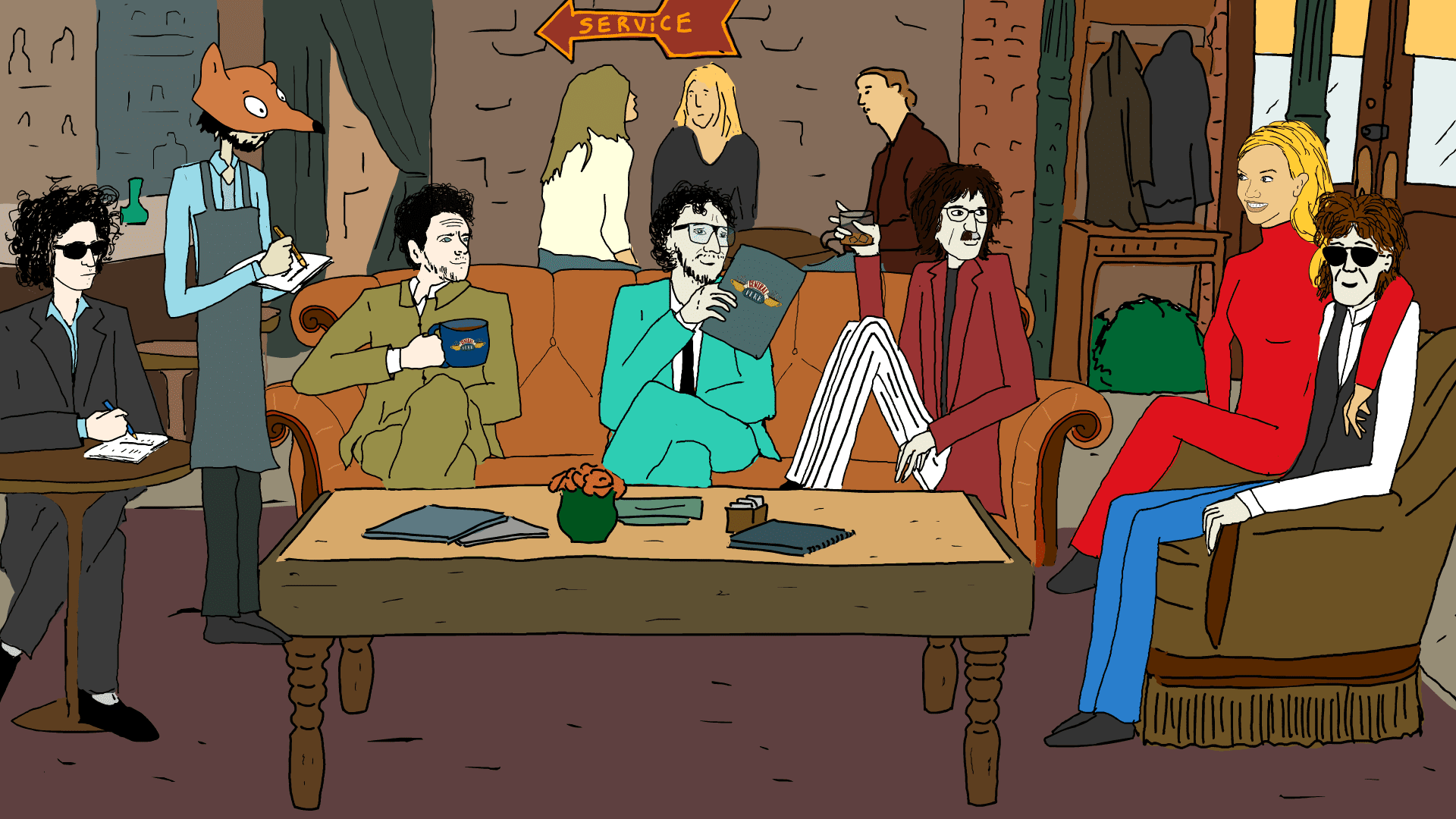Leo Lanna grew up in Valenza, a municipality in the interior of the state of Rio de Janeiro, Brazil. His family house was surrounded by forest and mantis, a particular species of insect. However Leo was not aware of it, because, he says, “I was not a child of nature”. The connection appeared later, when he began studying biology: “I discovered a world”.
Today he is a biologist, a photographer and one of the founders of the Proyecto Mantis, the initiative of scientific divulgation on this group of insects, that includes investigation, photography, communication, and conservation. Part of his work can be seen in Atravesar Amazonía, a platform which explores from different voices and disciplines the problems that arise in the Peruvian Amazon.
ForLeo, photography emerged as a tool within his studies and, with time, it became a fundamental part of his work. Leo wanted to communicate science because he felt that, for example, always the insects are shown as pests or diseases. And there is another way of looking at them, one that biology taught him. “It was a world that had not been told with so much passion and I wanted to talk about them in another way”, he says.Mantis have been an independent project five years now, several expeditions with National Geographic and some published scientific articles. This is how he got into the “Atlantic forest”, the mysterious, dark and beautiful biome, which Leo defines as “the dark female cousin of the Amazon.”
The insect world that Leo decided to study is very peculiar: the world “mantis” comes from the Greek and it means “fortune teller”. Different cultures have had contact with them have atributted capacities to it: in Africa it was interpreted like God’s manifestation, the Shipibos (Peruvian indigenous people) are convinced that it predicts the biological sex of a baby from the mother’s belly. “It’s interesting because they say that if its legs are stretched out in front it will be a girl and if it is like holding a bucket on it’s head it will be a boy. Actually, these poses are similar to those of defense of mantises when they perceive danger: stretching to look like a stick or opening to appear larger,” says Leo. There are also those who believe that it shows the way forward depending on how it places its hands or that they are insects that pray (because of the gesture it seems to make).
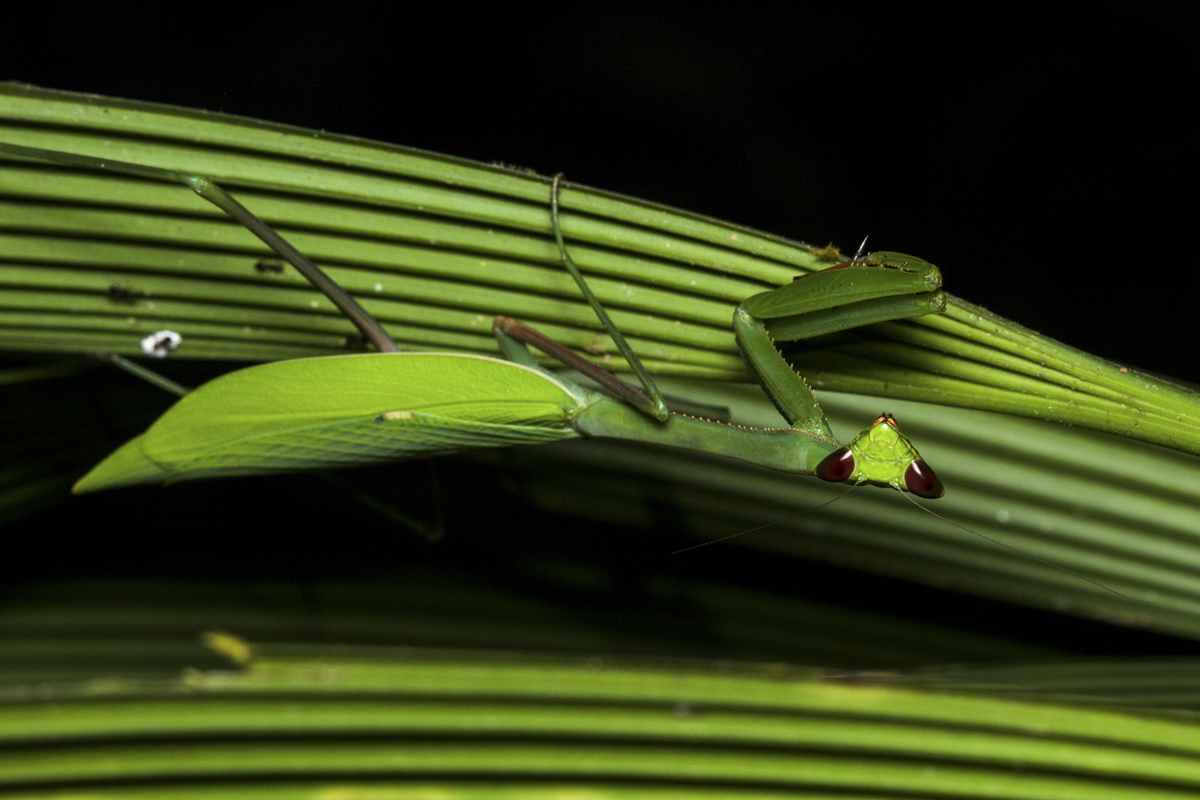
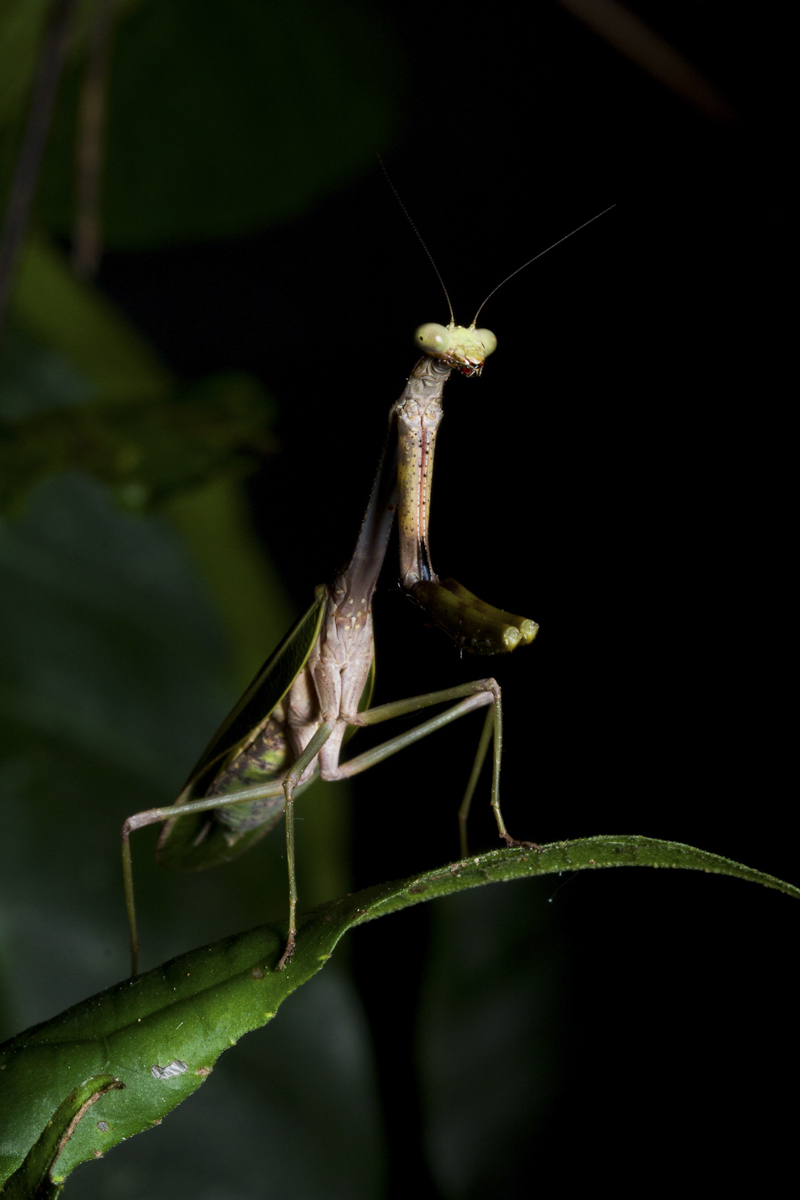
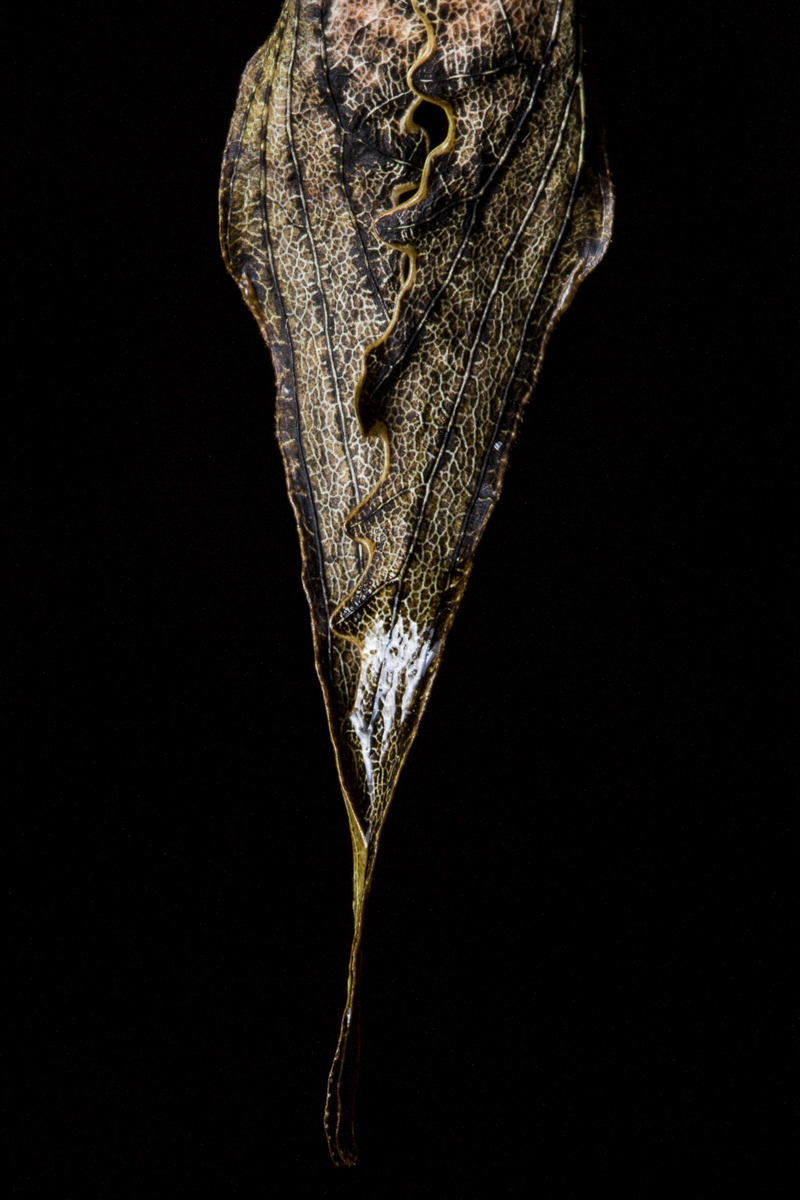
The Mantis Project is done by three: your fellow João Herculano and the designer, Lucas Fiat. How did you think this combination?
Scientists can do really well in an investigation, but we are not that good at communicating it, we are not trained for that. Lucas is a professional communicator and he changed our form to do it. We had photographs but without coherence; he brougth the photographic direction. Now we follow some rules when we go out on an exploration.
The mantis are a flag within the universe of the rainforest, with its strengths and weaknesses. The first thing that happened when Lucas entered on the project was that we stopped working with a white background and that changed to a black one. Because he said “We have to bring the gaze of what the mantis is in its natural environment.”. It had to be dark, because we took photos at night.
Almost no one goes out at night, which is when the jungle is most alive, and we do. So we developed techniques for taking photos showing how, when we are in the jungle, we only see how far the light of our flashlights reaches.
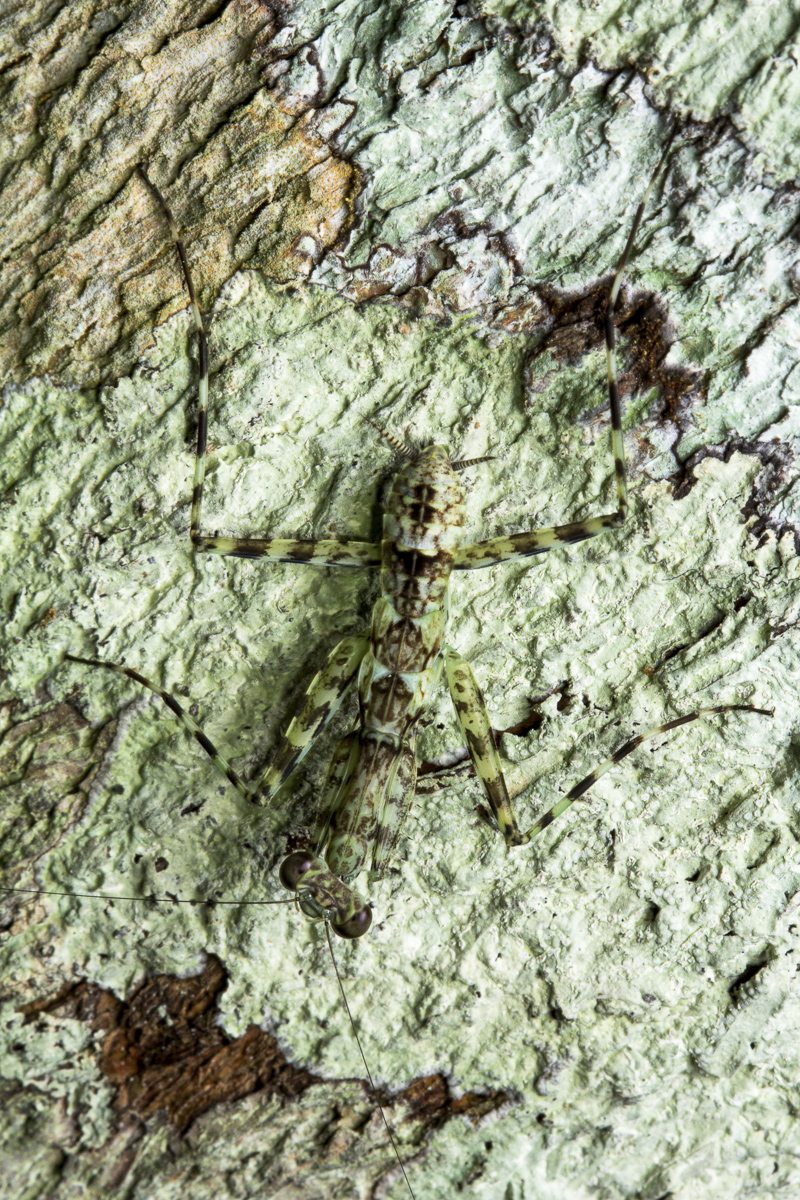
Is there a biological explanation for the night?
For the insects, going out in the night is an evolutionary matter: it is easier to defend themselves. For one thing, there is less danger. On another, not everyone has good vision at night, and so, some species develop their way of moving in that environment. Even now there are a many daytime animals that are changing to being nocturnal because of human presence. During the day there are more predators, as the birds, so the mantises had to stay camouflaged. During the day you can’t see them between the leaves. At night, with the flashlight, we decrease our focus.
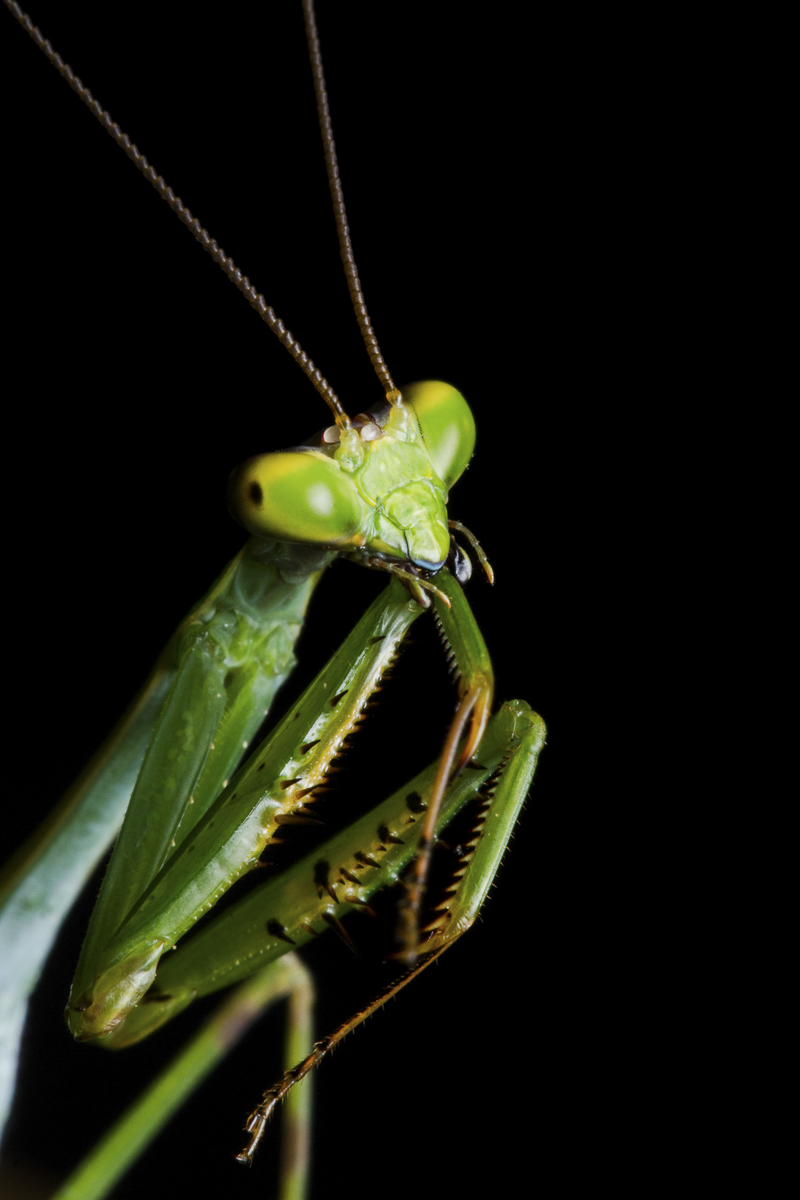
If you were not a child of nature, how did your relationship with the mantis born?
I was very afraid of insects and when I began to study I discovered this universe that is rarely talked about outside of academia. I love it. I worked with seaweed, birds, and a lot of other things. During holidays I saw a mantis for the first time. I took some photos from far because I was afraid that it could attack me, I didn’t have a clue, it was a complete stranger. It is an interesting species because it is large, it has super developed eyes, it looks at you, and you can know that it is looking at you, it is not like other insects that you do not know where it is looking. I took the mantis to a professor, he tolde me it was interesting and it wouldn’t do anything, that it didn’t sting.
I thought that the biologist had studied it because it attracts a lot of attention. But there was a knowledge gap, almost nothing is known about the Brazilian mantis where it lives, what it does. They are all treated in the same way but they are very different species. I was discovering this universe and it was incredible. Until now, my main goal is to give this passion to people.
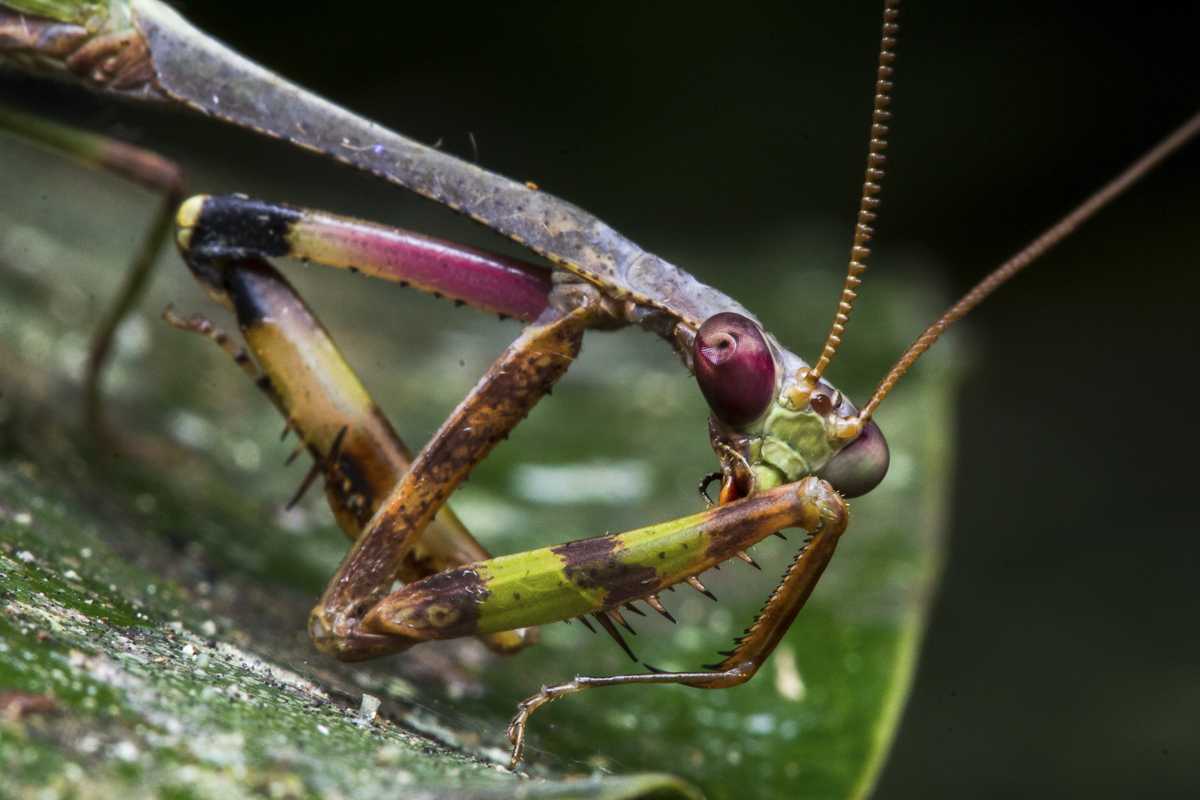
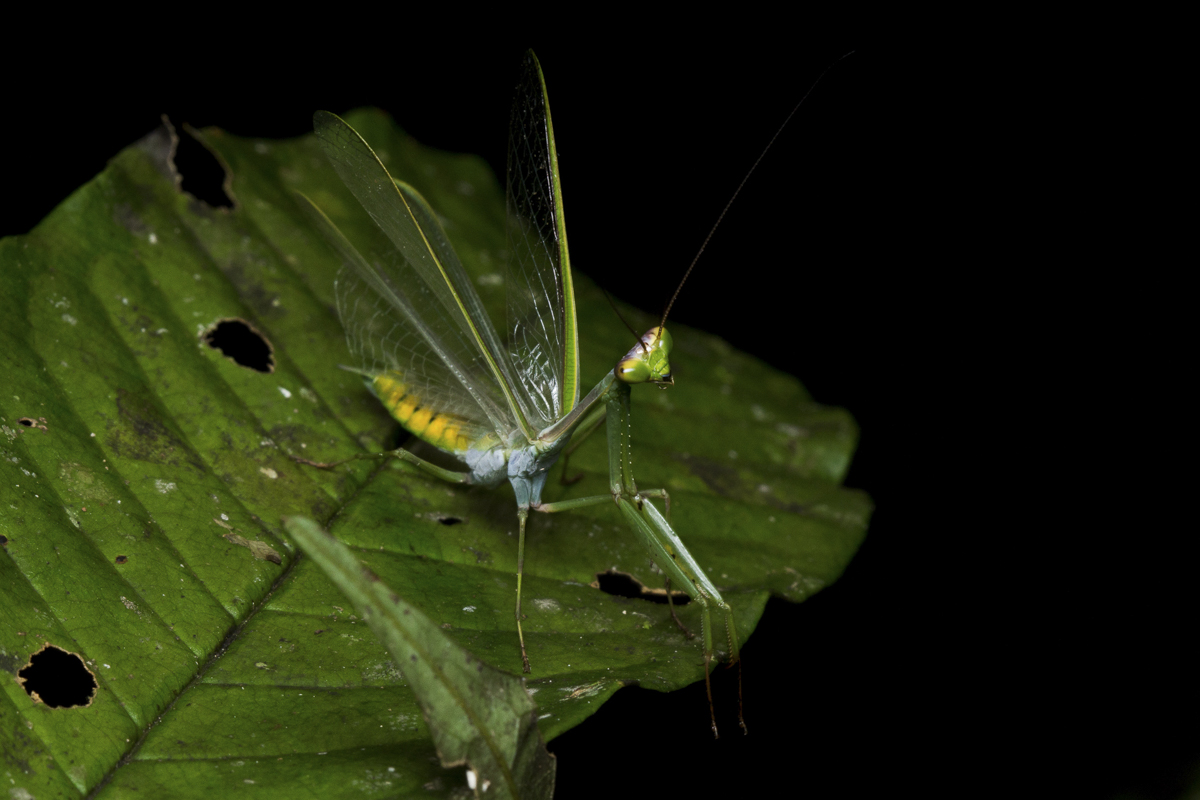
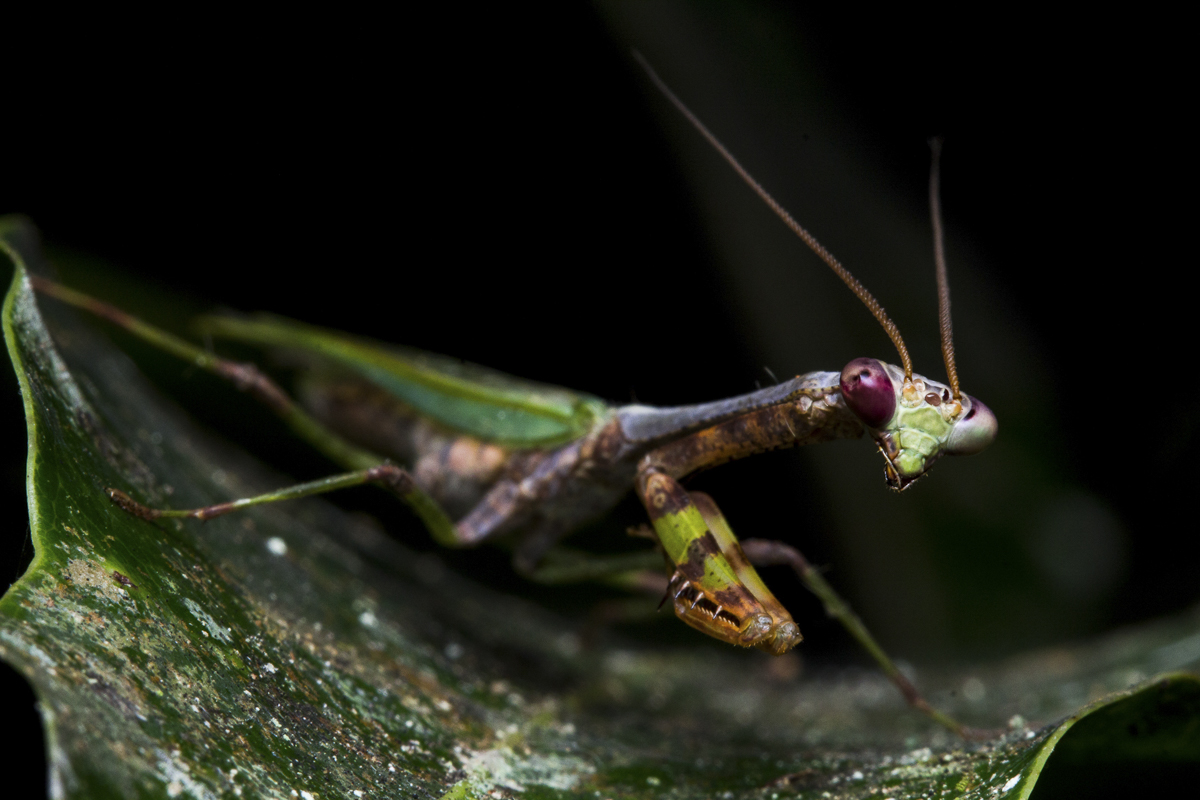
Earlier this year it was known that Project Mantis (with the support of National Geographic) discovered another type of praying mantis. You registered it as Vates fenix , how was the process and why did you choose that name?
The mantis are a group, an order. There are many species inside the group and we discovered a new one that no one had scientifically described. So we did it: we registered where it lives, we took photos of it, and we recorded each characteristic so that, in the future, another researcher could identify it. Is a very slow process: the article is sent to a scientific journal specialized on the topic and it goes through peer review.
We named the species from the Atlantic forest Vates fenix, in homage to the National Museum of Brazil. In 2018 there was a fire and almost the entire collection of insects was burned; more than 5 million insects. The biological history of insects in Brazil was lost. That is why we named it a phoenix, with the idea of the mythological being that is reborn from the ashes.
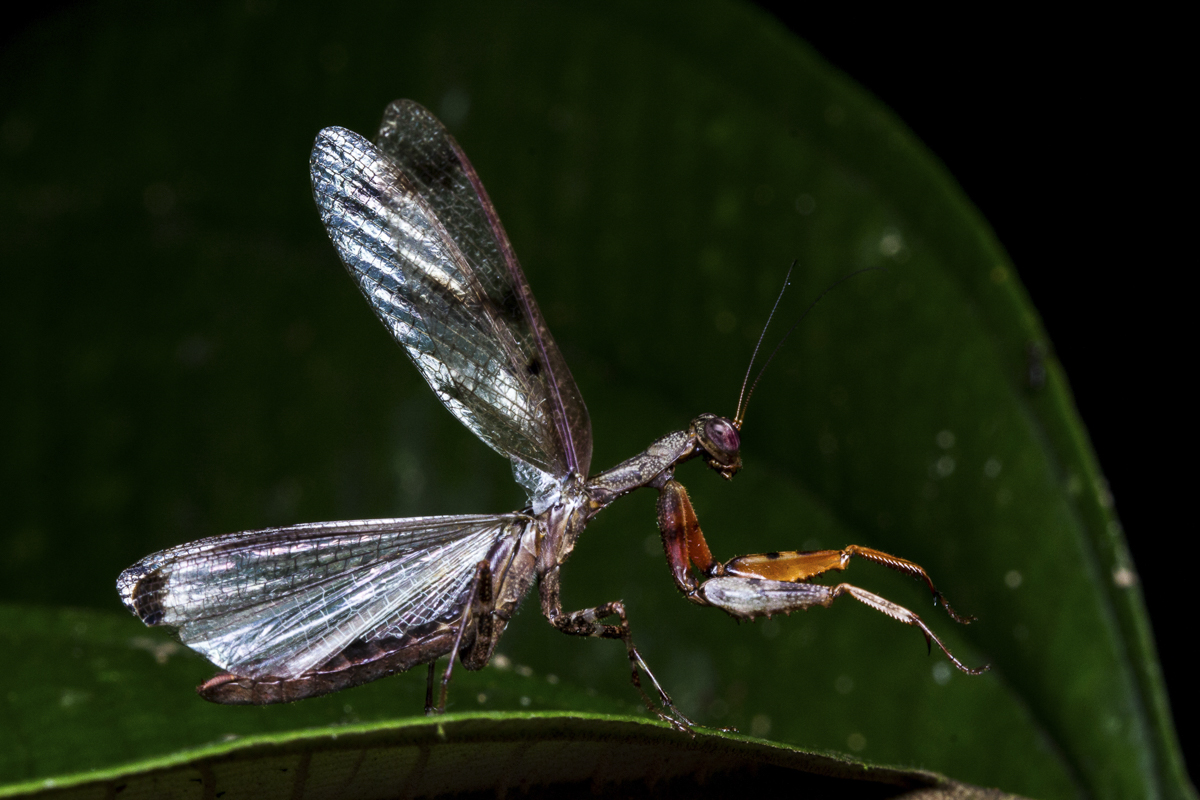
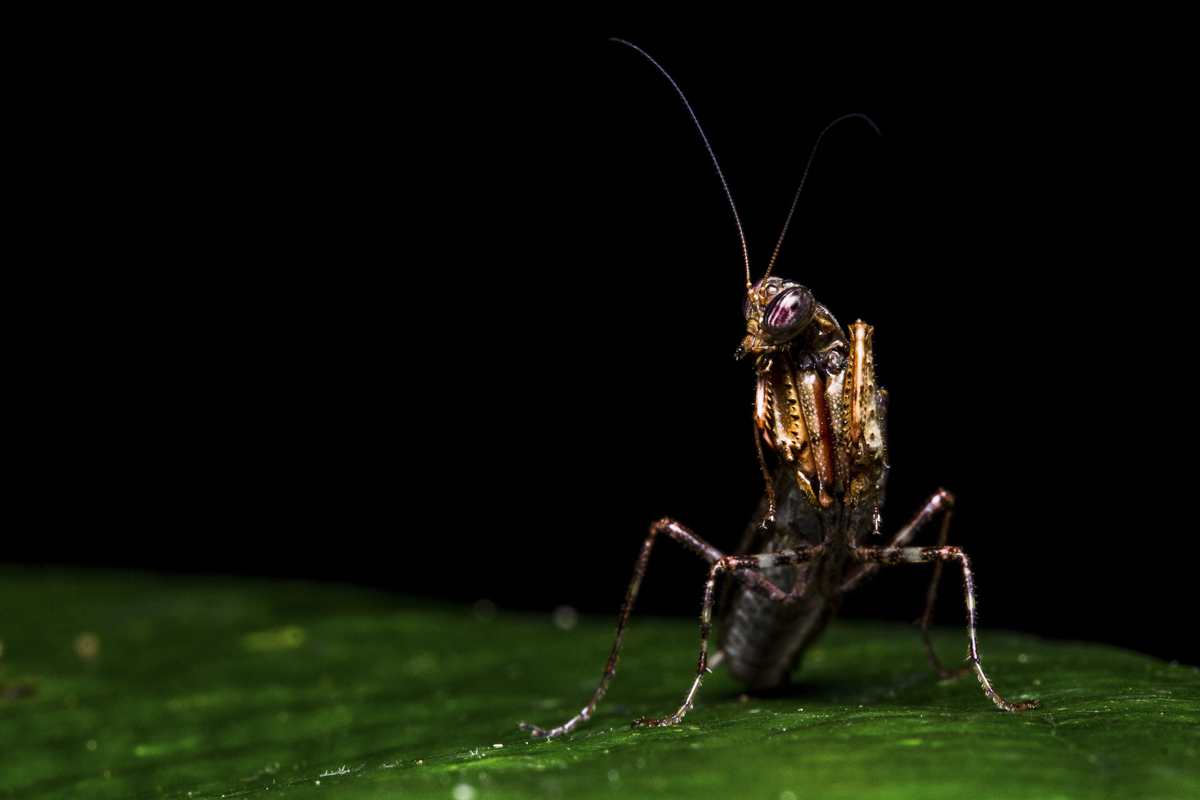
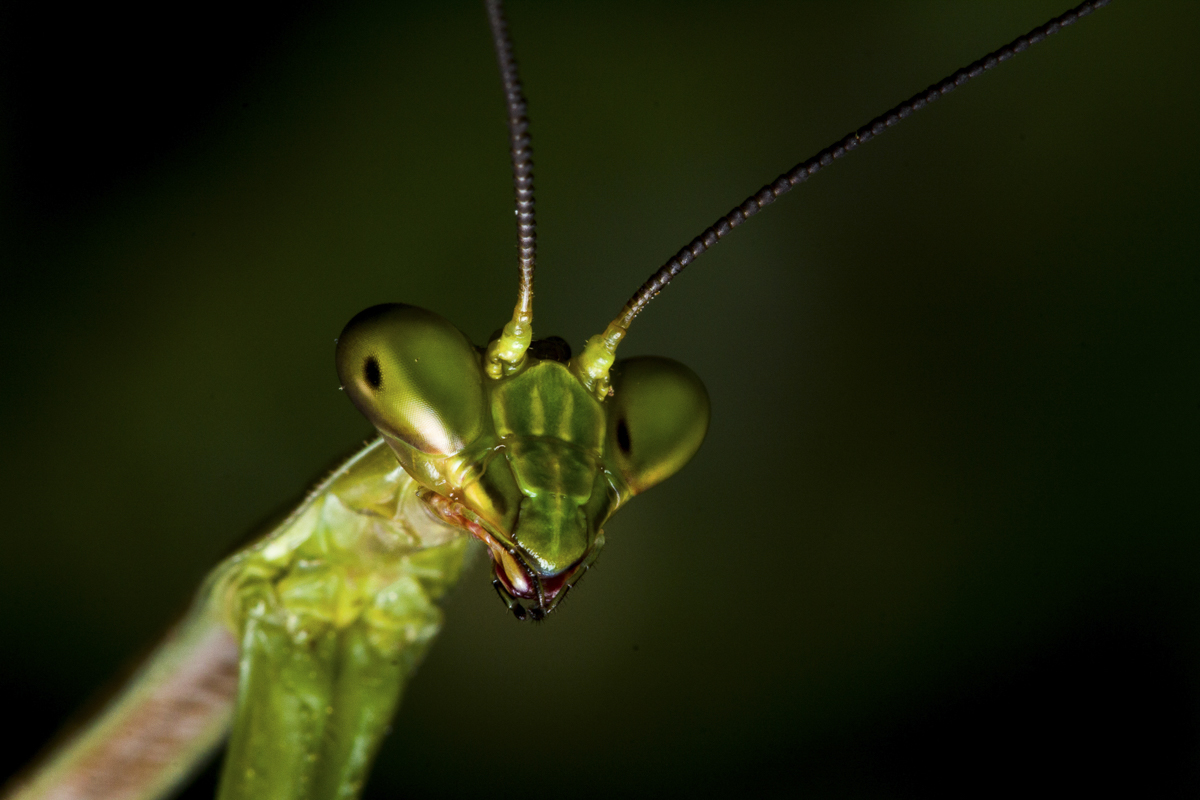
How is the Atlantic Forest?
The Atlantic forest is a biome that exists from the north to the south of Brazil along the coast. It is a very special area, it has more exclusive animals than the Amazon because it reaches the white sand and has mountains over three thousand meters high. It has animals further north that are only from there. It is a mosaic of ecosystems, a special jungle, beautiful one, filled with orchids, logs full of moss. It is the mysterious and darkest aspect, less tropical and vibrant than the Amazon. It is the Amazon’s dark cousine.
It is a very threatened forest because it was where the colonization began: in the coast lives more than sixty percent of the population. Today there are about ten percent of the original forest. Almost everything is islands in the middle of fields or in the middle of cities. Little is known.
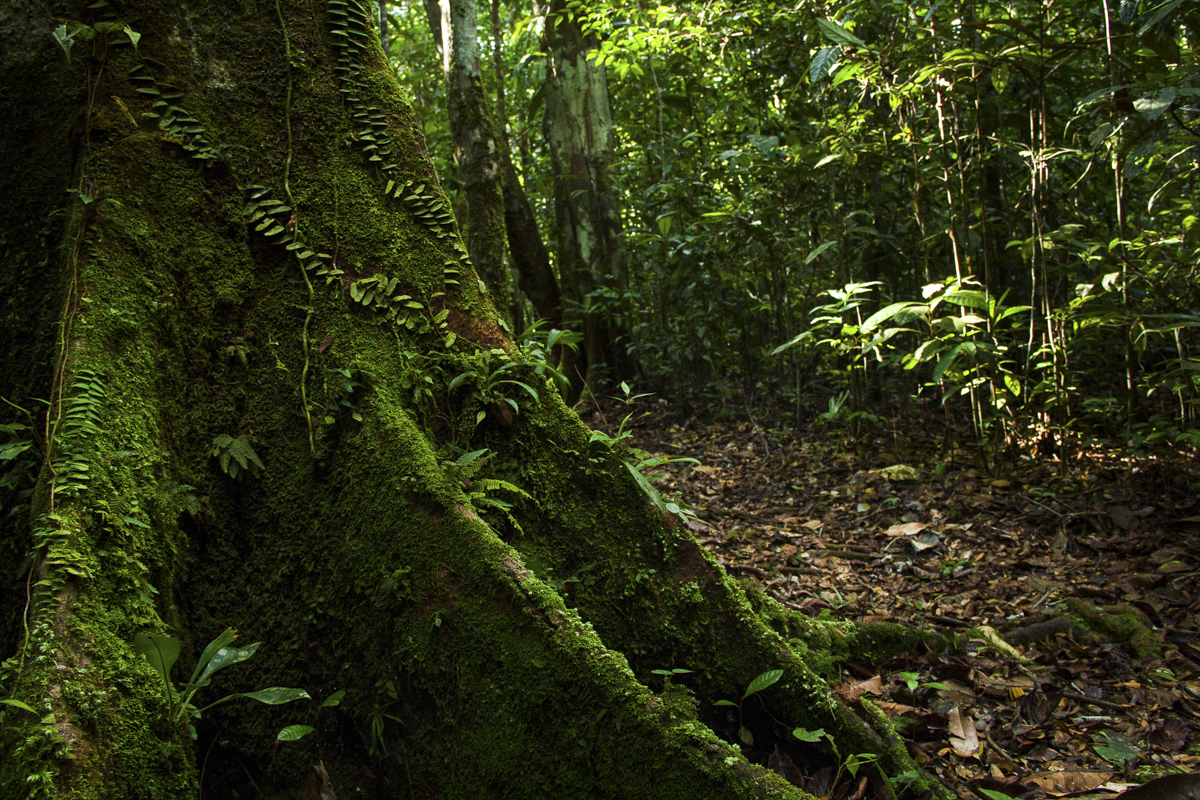
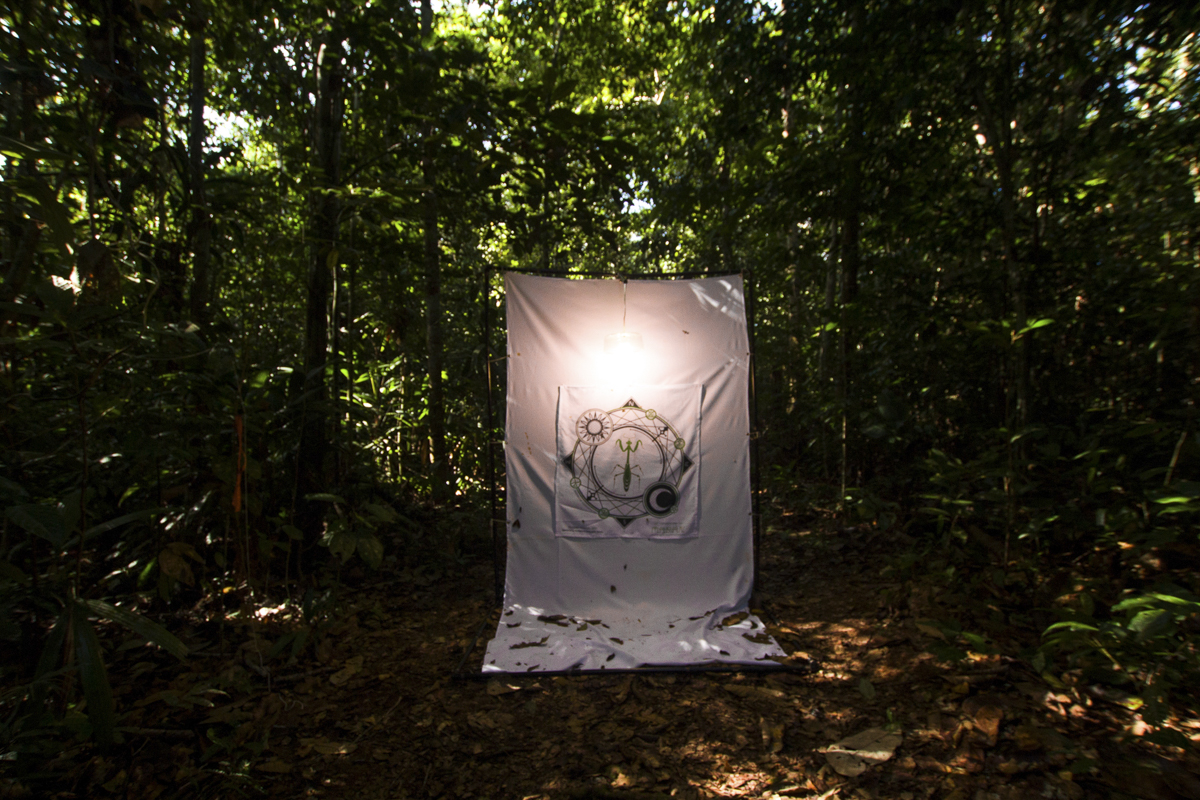
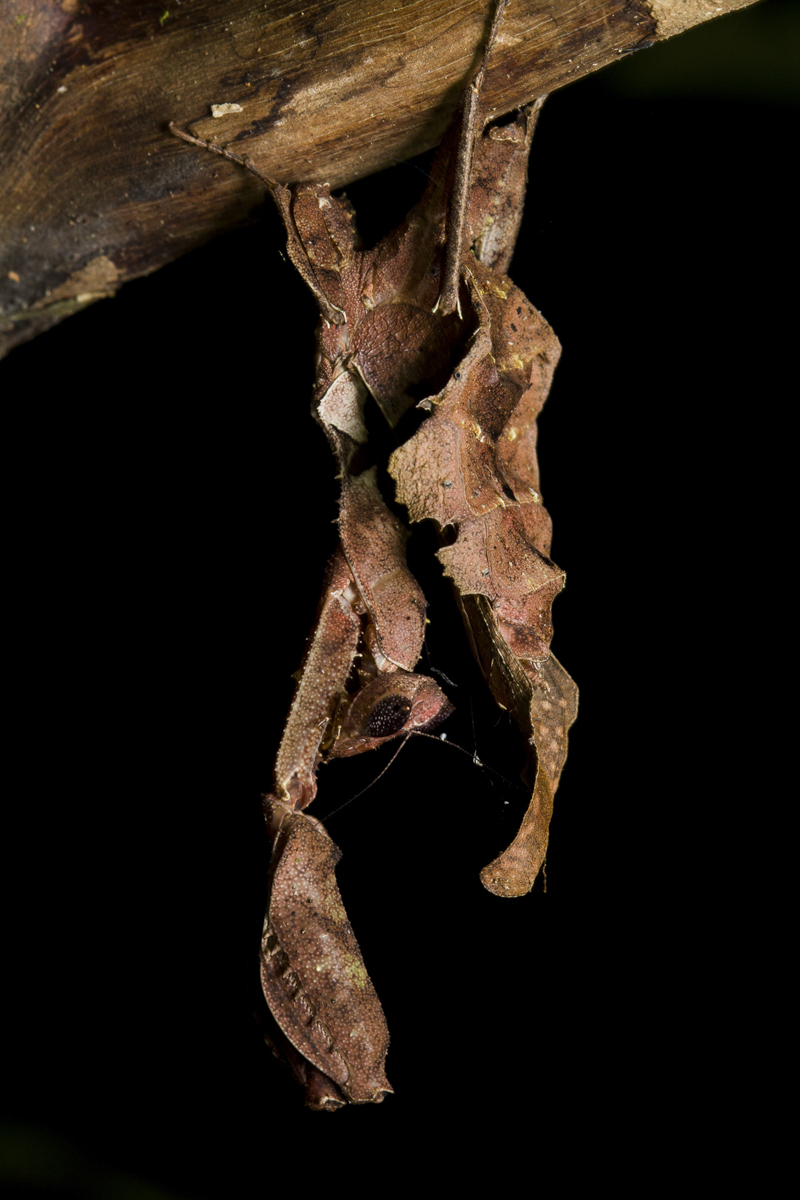
The mantis are also part of a project that seeks to tell the jungle from different perspectives and disciplines [Atravesar Amazonia], what do you think is the contribution?
There are alot of things in Atravesar Amazonia, it is incredible, I loved the idea of designing something much more astonishing around the work with nature. It is not more of the same: green, brown, yellow, blue to represent the ocean. We have to bring in communication, culture, and dfferent views to work with nature and science. That’s why it seems me very avant-garde to me. It communicates with the help of other areas (advertising, fashion) and that makes it easier for the people to see it, much more surprising.
Just divulgation is not going to save the planet, but it is very important: every person that we show a mantis to, change forever the perspective about it. If every single scientific, photographer or journalist makes more dissemination, more people will be inspired and will love it.
I alone can’t save the planet, but each one can do it locally. There are bigger agents that can make a more global change. I see it especially with insects: you change the way you behave whit it when you meet it. People have a natural liking for nature, the problem is that is not near to it. When you know, you want to protect. You can’t protect something you don’t know. Knowledge has that power.
